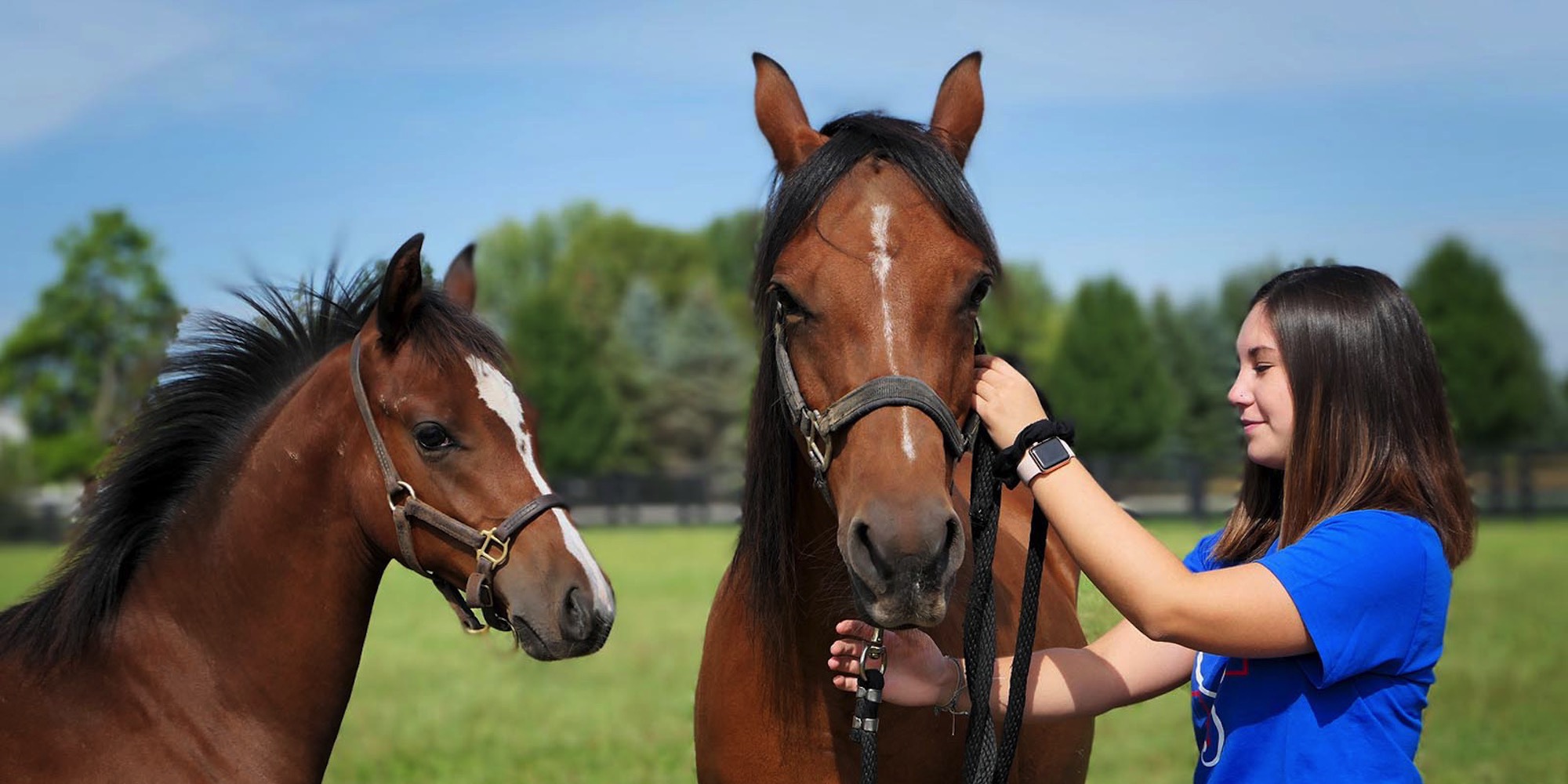Spring is here and with it, lush green pastures and an all you can eat buffet for your equine companion! But with Spring grass comes risks to your horse’s GI tract and feet that you should consider first. New growth is high in sugar content that a horse not adjusted to pasture can gorge themselves on and cause severe colic episodes or laminitis. So what should you plan for?
Is your pasture ready?
Grass should be at least 6 inches tall, or else you risk grass die-off from overgrazing.
Take Your Time
Horse gastrointestinal tracts are complex, with a unique and diverse bacterial microbiome. These bacteria dislike sudden change, and require time to adapt to new feed sources. Horses should be started at around 15 minutes of grazing the first day, increasing by 15 minutes every day until you reach 3-4 hours. Give your horse a few weeks at 3-4 hours of pasture time per day before you allow full pasture access for more time.
Consider Horse Health
Does your horse have a history of laminitis, or do they have a large crest on their neck and a little extra weight? Horses with potential Equine Metabolic Syndrome (EMS) are predisposed to laminitic episodes that can be severe. Spring grass is like throwing a match on gasoline for these horses, and caution needs to be taken to keep them healthy and happy. Before starting these horses on pasture, consider an exam and bloodwork with your SVEC veterinarian to determine if they need special guidelines for their pasture time.

